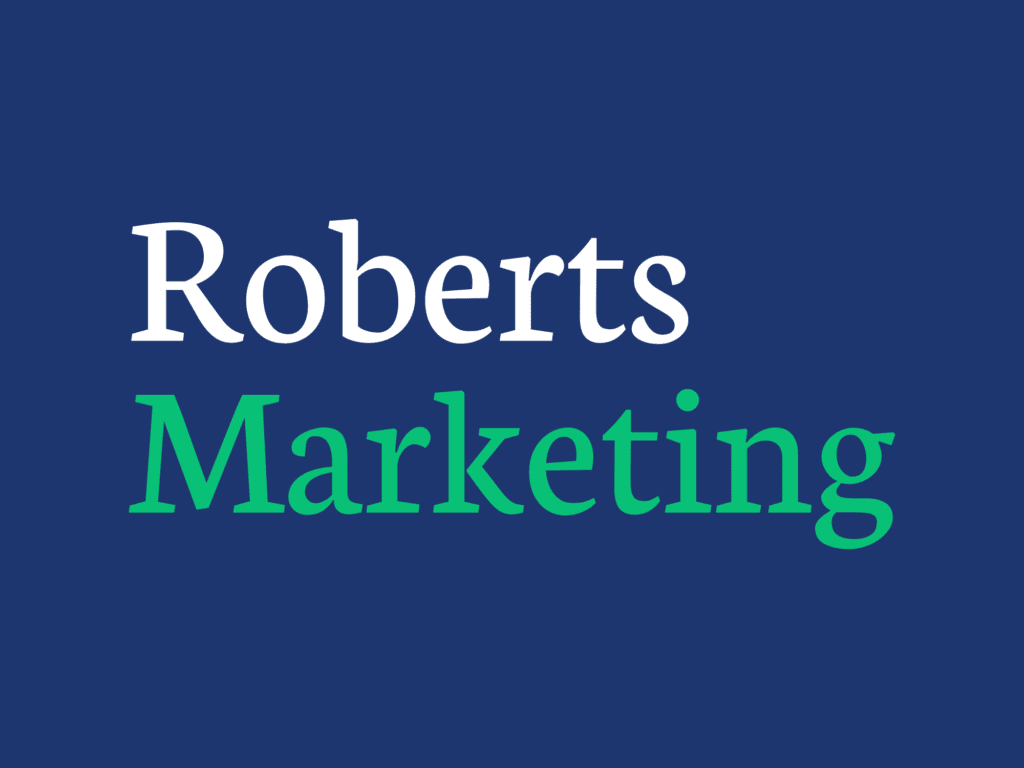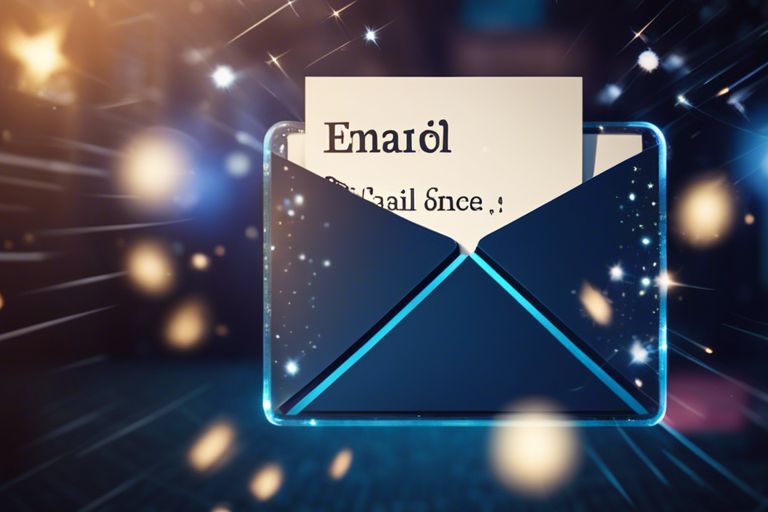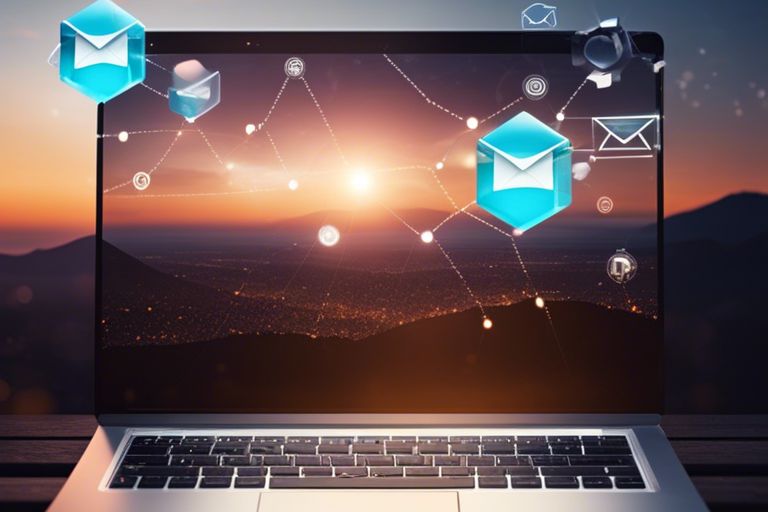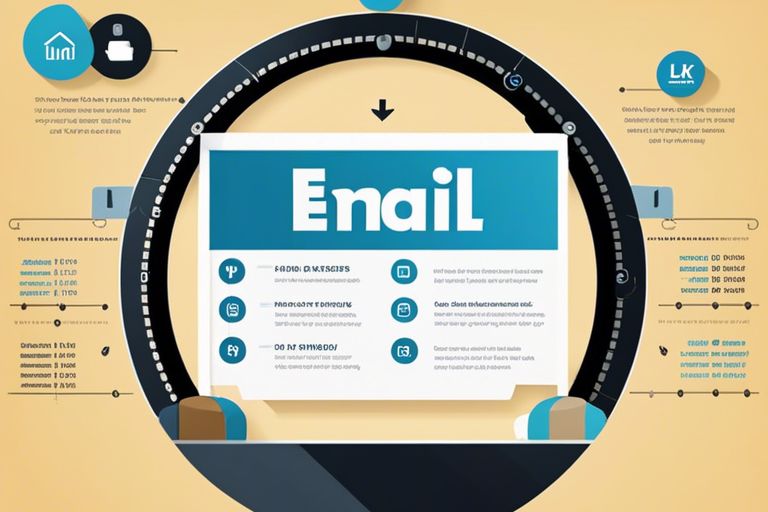Many businesses are turning to email automation to streamline their marketing efforts and enhance customer communication. This comprehensive guide will walk you through the basics of email automation, including its benefits, best practices, common tools, and how to create effective automated email campaigns. Whether you’re a beginner looking to get started or a seasoned marketer wanting to optimize your strategies, this post will provide you with the information you need to harness the power of email automation successfully.
Key Takeaways:
- Automate routine tasks: Use email automation to streamline routine tasks such as sending confirmation emails, welcome emails, or follow-up emails.
- Personalize content: Tailor your email content to specific segments of your audience for better engagement and conversion rates.
- Analyze performance: Utilize analytics to track the performance of your automated emails and make necessary adjustments for better results.
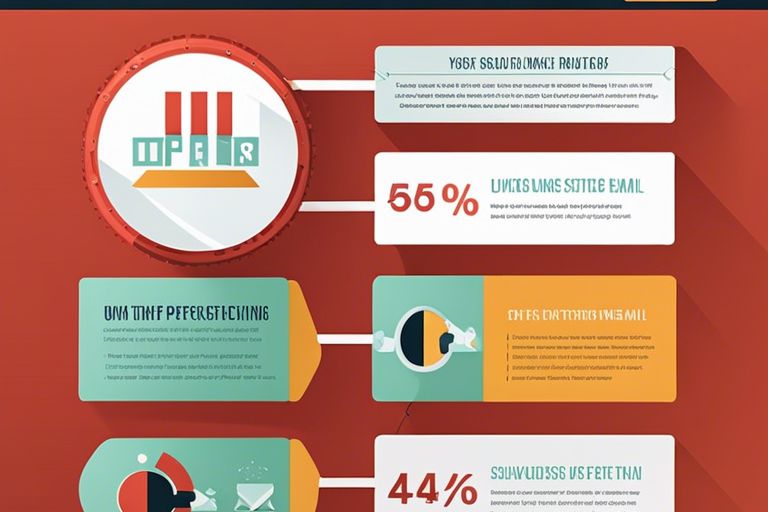
Understanding Email Automation
What is Email Automation?
Automation refers to the use of technology to automate marketing tasks, such as sending emails, based on predefined triggers or schedules. Email automation allows businesses to send personalized and timely messages to their customers without manual intervention.
Benefits of Email Automation
Some benefits of email automation include saving time, increasing efficiency, and improving customer engagement. By setting up automated email workflows, businesses can nurture leads, welcome new customers, and re-engage inactive subscribers, all without needing to manually send each email.
To fully leverage the power of email automation, businesses should segment their email lists, personalize their content, and analyze the performance of their automated campaigns to make necessary improvements.
How to Choose the Right Email Automation Tool
Some Your Guide to Email Automation tools can make a significant impact on your email marketing strategy. It is crucial to select the right email automation tool that aligns with your business needs and objectives.
Key Factors to Consider
- Integration capabilities with your existing tools and software.
- Automation workflow customization and flexibility.
- Reporting and analytics features to track the success of your campaigns.
Perceiving how these factors fit into your email marketing strategy will help you make an informed decision.
Tips for Selecting the Best Tool for Your Business
- Start by evaluating your business’s specific automation needs.
- Consider the scalability of the tool as your business grows.
Knowing your requirements and growth potential will guide you in selecting the best tool for your business.
Setting Up Effective Email Automation Campaigns
Your What is Email Automation? A Beginner’s Guide
How to Define Your Target Audience
Clearly defining your target audience is crucial for a successful email automation campaign. Understanding who your audience is and what their needs are will help you tailor your messages to resonate with them effectively.
How to Create Engaging Email Content
One of the key components of a successful email automation campaign is creating engaging content that speaks to your audience. Personalized and relevant content will keep your subscribers interested and eager to open your emails.
Create content that is not only visually appealing but also provides value to the reader. Include relevant information, offers, and calls-to-action that drive engagement and conversions.
How to Set Up Triggers and Workflows
For a successful email automation campaign, it’s imperative to set up triggers and workflows that guide your subscribers through the customer journey. By segmenting your audience based on their behavior and interests, you can send targeted and timely messages that drive conversions.
Another important aspect of setting up triggers and workflows is analyzing the data and adapting your strategy as needed. By monitoring the performance of your campaigns, you can make informed decisions to optimize your email automation strategy for better results.
Optimizing and Refining Your Email Automation Strategy
Unlike Email Automation Best Practices: 8 Tips for Getting Started, optimizing and refining your email automation strategy involves continuous monitoring and adjustment to ensure success. To achieve the best results, it is imperative to track and analyze performance metrics regularly.
How to Track and Analyze Performance Metrics
While setting up your email automation strategy is crucial, tracking and analyzing performance metrics is equally important. By monitoring key metrics such as open rates, click-through rates, and conversions, you can identify what is working well and what needs improvement.
Tips for Avoiding Common Mistakes
Your email automation strategy may face common pitfalls such as sending too many emails, not personalizing content, or neglecting to segment your audience properly. To avoid these mistakes, consider the following tips:
- Regularly review and refine your subscriber list.
- Personalize your emails based on subscriber behavior and preferences.
- Test different subject lines, content, and send times to optimize performance.
This will help you ensure that your emails are engaging and relevant to your audience.
How to Continuously Improve Your Results
Refining your email automation strategy is an ongoing process that requires constant attention and optimization. By continuously monitoring performance metrics and analyzing results, you can identify areas for improvement and make necessary adjustments to enhance your email campaigns.
Performance metrics such as open rates, click-through rates, and conversion rates can provide valuable insights into the effectiveness of your email automation strategy. By regularly analyzing these metrics and identifying trends, you can make data-driven decisions to optimize your email campaigns and drive better results.
Conclusion
So, utilizing email automation tools can streamline your communication with customers, save time, and increase engagement. By setting up personalized campaigns, segmenting your audience, and analyzing metrics, you can improve the efficiency and effectiveness of your email marketing efforts. Remember to consistently monitor and optimize your email automation strategies to ensure they are meeting your business goals.
FAQ
Q: What is email automation?
A: Email automation is the process of sending predefined emails or series of emails to subscribers or customers based on specific triggers or actions taken by the recipient. It helps businesses save time, personalize communication, and engage with their audience more effectively.
Q: How can I set up email automation?
A: To set up email automation, you first need to choose an email marketing platform that offers automation features. Then, define your automation goals, segment your email list, create relevant content and design your automated emails, set up triggers or conditions for sending emails, test your automation sequences, and finally, monitor and optimize your campaigns for better results.
What are some common use cases for email automation?
A: Email automation can be used for various purposes, such as welcoming new subscribers, nurturing leads, sending abandoned cart reminders, providing product recommendations based on user behavior, requesting feedback or reviews, celebrating birthdays or milestones, re-engaging inactive subscribers, and sending out newsletters or updates based on subscriber preferences.
